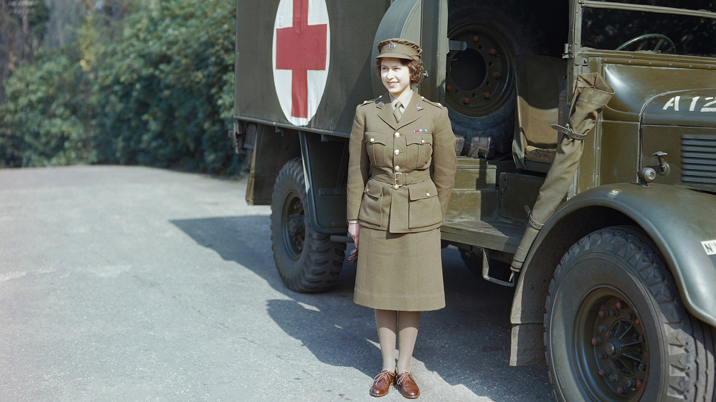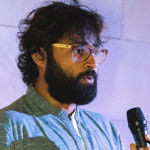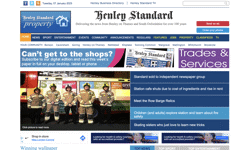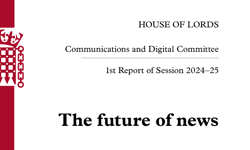
The death of Queen Elizabeth last Thursday was the cue for a massive outpouring of collective grief as millions of people found a deep personal connection to someone who, though they’d never met, had been part of the backdrop to all their lives. It seemed to be the key that unlocked deep pools of pent up emotion, as people found in her death tearful resonance in their own experiences.
The monarch’s passing gave the press the opportunity to demonstrate once again its importance.
A case in point – within two hours of the Palace’s announcement on Thursday evening, the Guardian had published an 8,000 word plus, generously illustrated, obituary. This was not an exercise in speed writing by the publisher but a sign that it, like the rest of the press, was prepared. That’s what professional publishers do; they prepare. Unlike with the untimely death of Princess Diana in 1997, the press on this occasion had had ample time to do so.
Since then, the press has published live streams each day, glossy colour supplements, online photograph galleries galore (for example, the Mail’s round up of international reaction and the Independent’s ‘life in pictures’), useful information about key timings and analysis and reporting from every conceivable angle. Some have also not been afraid to stray into uncomfortable areas such as the monarchy’s role in the darker side of our colonial past, inheritance tax arrangements and the future of the institution itself.
If you wanted in-depth analysis, up-to-the-minute reporting and context, the press delivered in a way that social and broadcast media didn’t match.
The depth and breadth of press coverage contrasted favourably with the inevitably superficial treatment given to the Queen’s death on social media which consisted largely of pictures of bouquets of flowers, heartfelt but repetitive messages of thanks and respect, and selfies outside Buckingham Palace.
Broadcast media was hamstrung by its decision to have the cameras permanently rolling, so viewers had to put up with watching the six hour hearse journey between Balmoral and Edinburgh on Sunday in real time. That followed many hours last Thursday afternoon, where cameras had seemed permanently fixed on the closed gates of Balmoral as Huw Edwards and Nicholas Witchell desperately played for time, speculating on the basis of very little information and wondering where Harry and Meghan had got to.
The press’s more modulated and considered approach to covering the Queen’s death compared well.
You can catch James Evelegh’s regular column in the InPubWeekly newsletter, which you can register to receive here.












